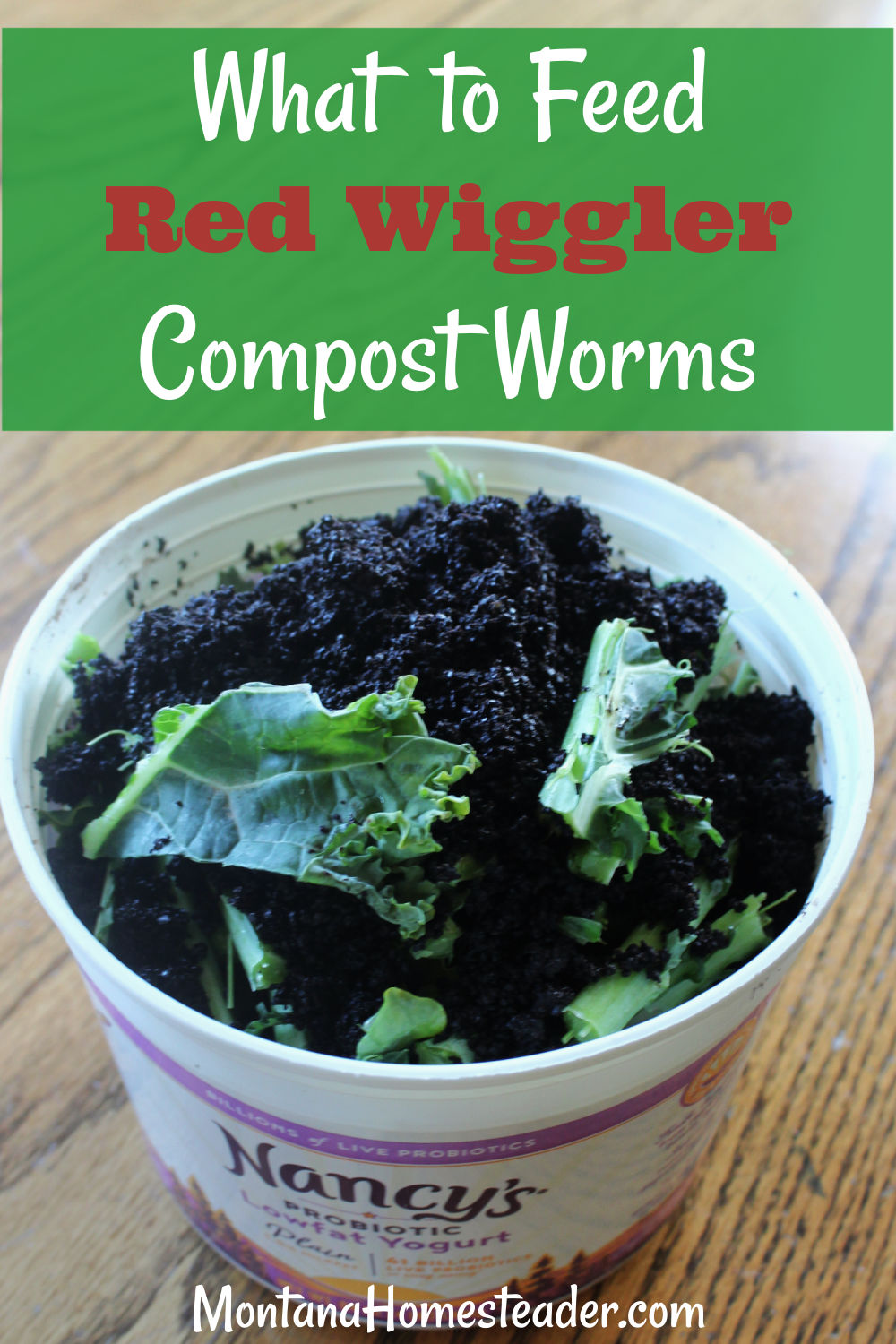Keep Your Lawn Green and Healthy with Expert Tips from Lake Hickory Bait
Keep Your Lawn Green and Healthy with Expert Tips from Lake Hickory Bait
Blog Article
Red Wigglers: The Unsung Heroes of Organic Waste Recycling
Red wigglers, or Eisenia fetida, serve as crucial representatives in the organic waste reusing process, changing discarded products right into valuable vermicompost. As the globe significantly seeks options to battle waste accumulation and improve agricultural efficiency, comprehending the role of these worms comes to be vital.
What Are Red Wigglers?
The exceptional resilience of red wigglers, clinically called Eisenia fetida, highlights their critical role in natural waste recycling. These little, reddish-brown earthworms are generally located in decaying natural matter, such as compost heap and manure loads. Lake Hickory Bait. Unlike other earthworm types, red wigglers flourish in nutrient-rich environments and are highly effective at damaging down natural products, making them essential for vermicomposting

(Lake Hickory Bait)In addition to their function in waste decrease, red wigglers add to soil health and wellness by enhancing soil structure and aeration through their delving activities (Lake Hickory Bait). Their visibility in composting systems not just enhances decomposition prices yet also promotes a sustainable method to waste management, showing their relevance in eco-friendly conservation initiatives
Advantages of Composting With Worms
Composting with worms, particularly red wigglers, offers various advantages that improve both waste administration and dirt wellness. Initially, these worms effectively damage down natural waste, transforming it right into nutrient-rich vermicompost that enhances dirt. This process increases disintegration, permitting a faster recycling of kitchen scraps and various other natural products contrasted to standard composting methods.
Additionally, the vermicompost generated by red wigglers is brimming with helpful microbes, which assist enhance soil structure, oygenation, and dampness retention. This enhances the total wellness of plants, advertising energetic growth and boosted returns in gardens and agricultural setups. Furthermore, using worms in composting lessens the production of greenhouse gases, such as methane, adding to an extra sustainable waste monitoring system.

How to Beginning Vermicomposting
Establishing a vermicomposting system is a simple procedure that can generate significant benefits for both waste management and soil enrichment. To start, choose an ideal container, such as a plastic bin or wooden box, with sufficient air flow openings to ensure appropriate air flow. The dimensions must preferably be about 2 feet by 3 feet, allowing sufficient area for the worms to flourish.
Next, prepare bed linen product, which can contain shredded paper, cardboard, or coconut coir. This bed linens needs to be dampened to produce a suitable habitat for the worms. As soon as the bed linens remains in place, introduce red wigglers (Eisenia fetida) into the container, usually around one extra pound of worms for each square foot of surface.
Following the positioning of worms, include natural waste, such as fruit and vegetable scraps, coffee grounds, and smashed eggshells. With these steps, you will effectively initiate a vermicomposting system that adds to sustainable waste management and improves your dirt.
Preserving a Healthy And Balanced Worm Bin
(Lake Hickory Bait)Keeping a worm bin prospering needs routine attention and like guarantee the health of the red wigglers and the effectiveness of the composting process. Proper upkeep begins with keeping an eye on the wetness levels; the container ought to be damp but not waterlogged. A great guideline is to preserve a consistency similar to a wrung-out sponge.
Gently mixing the bed linens and food scraps every few weeks prevents compaction and guarantees that all worms have accessibility to oxygen. Furthermore, it is important to feed the worms suitably.
If the bin ends up being too hot or cold, the worms might end up being stressed out. By faithfully handling these elements, one can maintain a robust and productive worm container.
Influence On Lasting Living
The successful upkeep of a worm container not only benefits the wellness of red wigglers but also adds substantially to sustainable living techniques. By reusing organic waste, such as kitchen scraps and yard debris, red wigglers aid draw away significant amounts of product from landfills. This reduction in waste not just reduces greenhouse gas emissions yet additionally minimizes the environmental problem connected with waste management.
Additionally, the castings produced by red wigglers function as a nutrient-rich organic fertilizer, enhancing dirt health and wellness and promoting plant development. This natural option to chemical fertilizers supports sustainable agriculture and horticulture techniques, minimizing dependence on artificial Red Wiggler Express inputs that can hurt ecological communities. In addition, worm composting fosters recognition of waste monitoring, urging people and neighborhoods to adopt even more lasting routines.

Verdict
In summary, red wigglers offer as important factors to organic waste reusing with their efficient decay of organic materials. Their capability to create nutrient-rich vermicompost improves soil health and sustains lasting farming techniques. By incorporating vermicomposting into waste administration strategies, individuals and communities can considerably decrease waste while promoting environmental sustainability. The duty of Eisenia fetida in cultivating healthy and balanced communities emphasizes the importance of these organisms in achieving sustainable living and improving soil fertility.
Report this page